The Ecological Ramifications of COP26 2021 with regard to tree planting and forest restoration in Uganda
In my long letter in response to an address by His Royal Highness the late Prince Philip in 1984 about Global warming, which was acknowledged by Buckingham Palace I pointed out the negative effects of emissions from power stations not only in England but also throughout the world. At that time there was hardly any debate on Global warming. Thus, being bored in my room at Darning Hall, UPTON PARK, East London, England, I decided to communicate my reactions to His Royal Highness come what may. Consequently, my name was marked and my colleagues advised me through indirect channels not to write long letters of a similar kind to anyone but much to my dismay as I thought it was in order for me to debate openly the state of NATURE at that time.
At COP 26 one of the recommendations made in order to keep the temperature of the EARTH below 1.50C is MASSIVE TREE PLANTING. This, therefore, means that we have to plant trees according to nature’s functions or according to the ecological /biological services.
It is notable that some of the main services provided by trees in nature are: a) habitat of insects and bees b) habitat of snakes c) habitat of birds for nesting d) some are ornamental e) niche for epiphytes g) sources of wild fruits h) medicinal e.g., omutatemba (Abatooro) and Entaseesa (prostate cancer) i) support undergrowth and habitat of lichens and bryophytes g) survival habitats for lions and leopards, etc. Elephants also prefer certain trees. The chimpanzee and gorillas also have a preference for certain trees and certain vegetation types. The leopard has a liking for the rubber plant (Omuserere ). Some trees have rituals like Enkuzanyana or Erythrina (Eggiritikiti) for floats for fishermen and the burial of dogs in Buganda. There are also trees for the Bahima to make EBYANZI and for Bakiga to make ENNANGA etc. In Buganda, there is a specific tree for making drums and xylophones (Amadinda). I suppose the Banyoro and Basoga use the same tree species for their musical instruments. On a good academic note, there is a Master’s thesis that came out at Makerere documenting the plants for crafts and musical instruments which will be a good reference for scientists interested in the restoration of indigenous trees in Uganda. This could be a good project along which to mobilize young people for employment.
There are other specific tree species that serve important ecological or cultural roles which have been cut down without replacement; consider the bark tree in Buganda which is patented by UNESCO for example. In spite of being patented the bark has continued to disappear yet it is one of the easiest trees to propagate. It forms an organic fence of bibanja and along the walkways in the countryside (bulungi bwansi) etc
Over this decade there have been some attempts to plant trees that have resulted either in Eucalyptus monoculture or the pine monoculture plantations which do not serve any ecological or cultural roles. They do not support or serve any ecological sanity like the indigenous trees which have been here for generations. If large plantations of Eucalyptus or pine are established there could be fire events like the ones in Greece or USA. Much as a lot of financial benefits are predicted from the sale of wood of Eucalyptus or pine the threats posed by these two species outweigh the financial benefits.
During the evolution of the earth or at the time of creation, plant species came up in habitats where they played a natural role in the survival equation of all the species on earth. NOBODY SHOULD CHANGE THE EQUATION of trees in the Environment. Each tree was placed in a habitat where it plays a crucial role for life to continue as we know it. This is why you can never find Eucalyptus in the tropical natural forests. Notably, aquatic plants are never found on dry land unless there is a special provision for them. This means that God created each plant or each plant has evolved to serve an ecological role in the habitat where it is naturally found. THIS IS WHY FISH ARE NEVER FOUND ON DRY LAND! If the argument is extrapolated to SCIENTIFIC TREE PLANTING, you cannot plant pine and eucalyptus in the Wetland. However, now that the trend has been to plant pine and Eucalyptus those habitats where the two species are planted could be populated with the indigenous trees as outlined by Katende et al in their book titled: The useful trees and shrubs for Uganda.
Therefore, the ONUS is on the BIOLOGICAL scientists in Uganda to plan to plant species or restore indigenous plants according to their natural habitats in Uganda and assisted by the powers of the day!
The ramification is therefore to establish which trees thrive in which places naturally in order to be able to play the natural ecological roles in terms of evapotranspiration; habitat provision for other organisms like insects snakes, bird nests. Bird nests and snakes are rare in pine or Eucalyptus or crops healthily thriving. This, therefore, means the indigenous tree species are the prime candidates for the restoration of habitats.
The question then arises: How shall we procure adequate seeds for planting? In addition to the natural seeds or seedlings, plant materials can be obtained through the science of tissue culture whereby commercial nurseries are established. Plant tissue culture refers to the culture of all types of 1. Plant cells 2. Tissues 3. Organs on A STERILE MEDIA under STERILE MEDIA.
There are three types of plant tissue culture that are important for commercial nurseries (see figure below). In the publication by P.Namanya, J . Magambo, G Mutumba (2004) it was demonstrated that meristematic sections of the male flowers of cooking banana can produce viable callus which differentiates into viable embryos and the embryos into banana plantlets. The plantlets are nurtured under humidity conditions to become seedling plants which are transferred to the field. Seedlings can thus be obtained from the existing trees in the habitats through the science tissue culture as outlined above. Thus, tissue culture allows biologists to obtain meristematic cells which through a series of stages under sterile conditions mature and are planted in the field. IN THIS WAY THEREFORE EACH PLANT CAN BE PLANTED IN ITS NATURAL HABITAT AND THEREFORE THE NATURAL ECOSYSTEMS CAN BE RESTORED. This is going to require a lot of executive planning and resources.
In Uganda we have at least four tissue culture facilities where the multiplication of the indigenous species can be carried out to generate seedlings, namely:
- Kawanda Agricultural Institute
- Namulonge Agricultural Institute
- Kituuza Agricutaral Institute
4. AGROTECH – a private facility owned by Mr Nsubuga, along Mityana Road.
In addition, other large tissue culture laboratories could come upon a regional basis provided funds are available.
WE CANNOT IGNORE INDIGENOUS TREES AT THE EXPENSE OF EXOTICS BECAUSE NATURE REQUIRES A BALANCE.
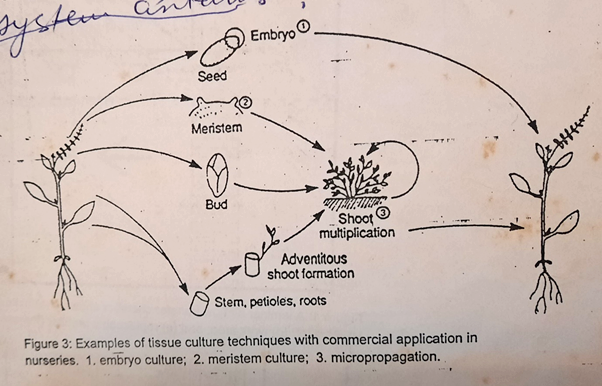
- Micropropagation (clonal propagation)
- Meristem culture
- Embryo culture.
The advantages of tissue culture are:
- Large numbers of plants are produced in small space in a short period of time e.g. for a straw plant a section of 0.1 mm, 1.5×106 plants can be produced in one year.
- Orchids are produced in this way.
- True to type plants can be produced.
- It provides a means of rapid seedless and often rare plants.
- It provides means of producing virus-free plants
- Tissue culture is an important tool for genetic manipulation and plant variety improvement.
- Tissue culture enables germplasm storage (storage of plant materials in vitro)
- Tissue culture provides an easy means of transporting plants, particularly for transferring plants from country to country.
INFORMATION IS POWER. WE SHOULD PROTECT THE GARDEN OF EDEN. EAST AFRICA IS THE CRADLE OF MANKIND
BY Prof. GERARD MUTUMBA (gmmutumba@kab.ac.ug)
BIOLOGY DEPARTMENT


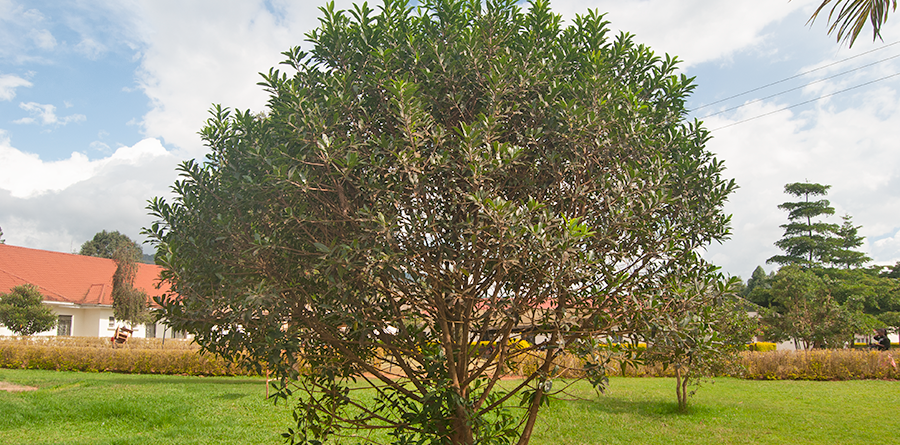
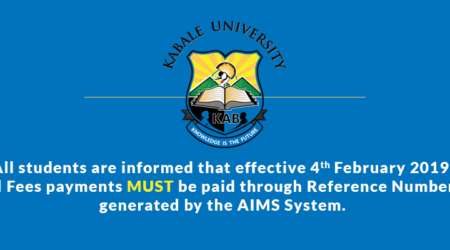
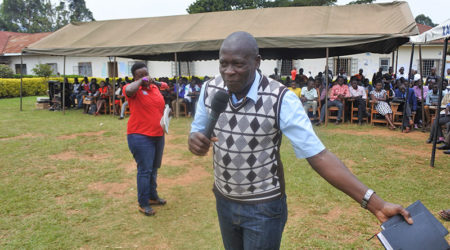
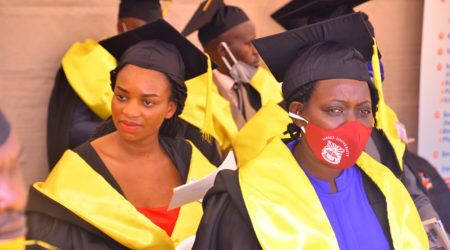
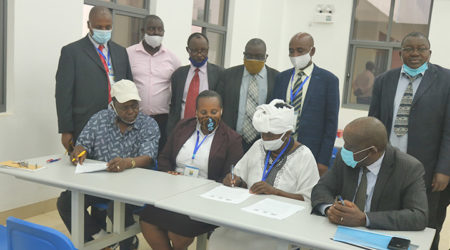
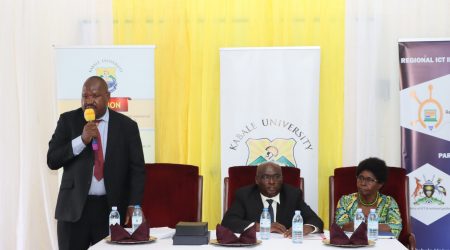
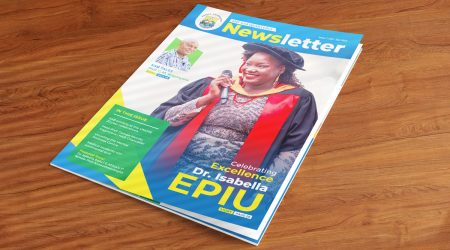
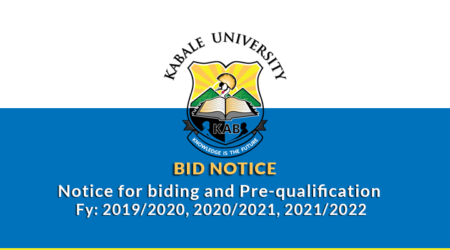
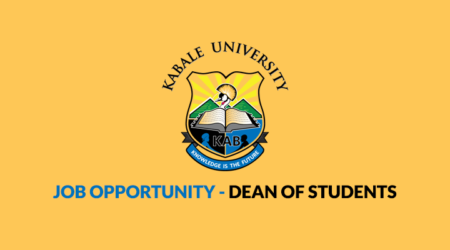
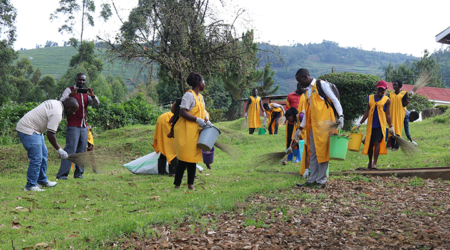

Leave a Reply